10 Empires That Ruled the World: A History of Rise & Fall
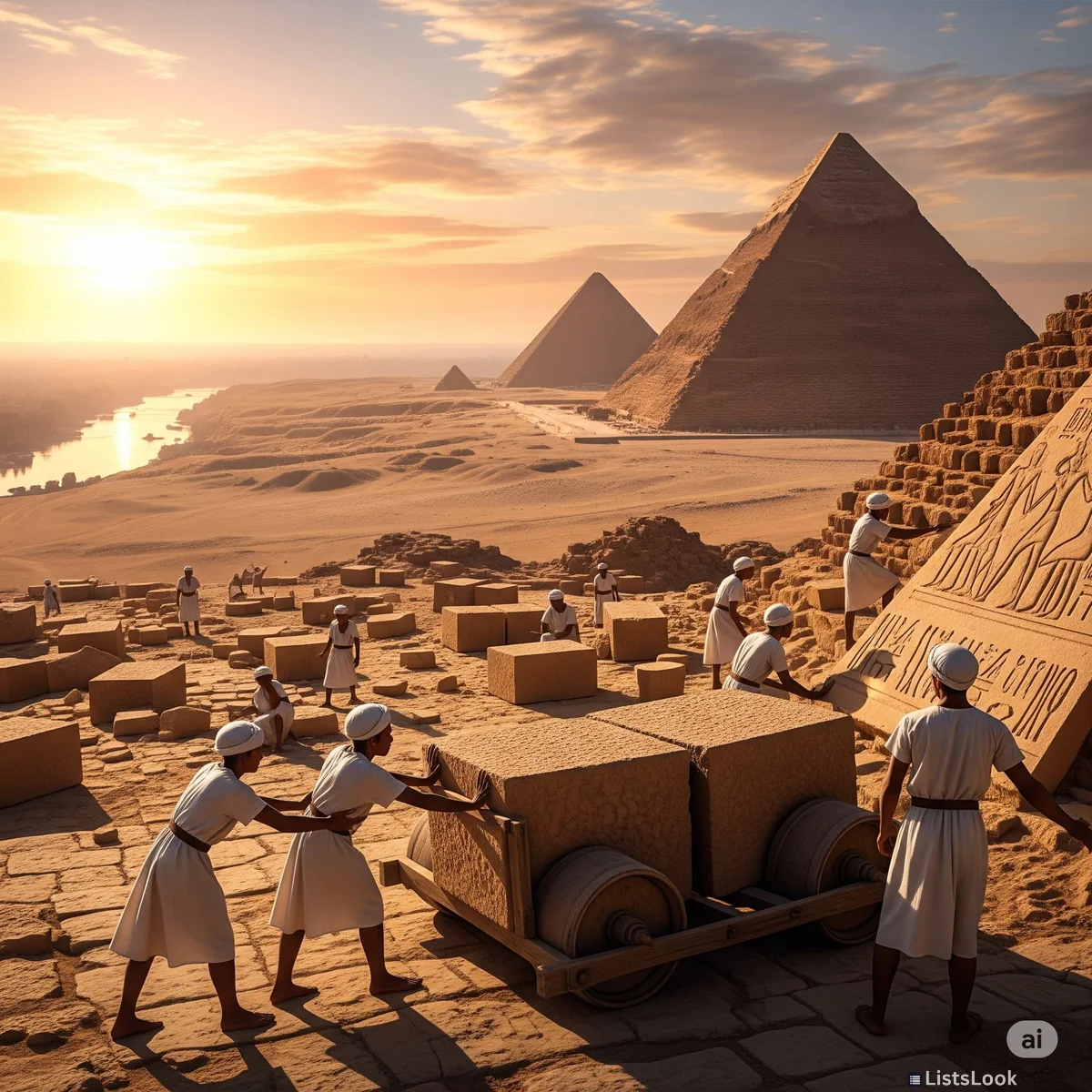
Journey through the captivating history of empires! Explore the rise and fall of 10 great empires, from ancient Rome to the Ottomans, and uncover the secrets of their power & decline.
Introduction: The Allure of Empires

For millennia, empires have dominated the human story – colossal structures of power, culture, and ambition. Their rise often signifies innovation and prosperity, but their fall serves as a cautionary tale about the impermanence of even the greatest achievements. This listicle delves into the fascinating history of ten great empires, charting their ascendance, peak influence, and eventual decline. Understanding these cycles provides invaluable insights into the dynamics of power, governance, and societal change. Prepare to journey through time and witness the forces that shaped our world.
1. The Roman Empire (27 BCE – 476 CE)
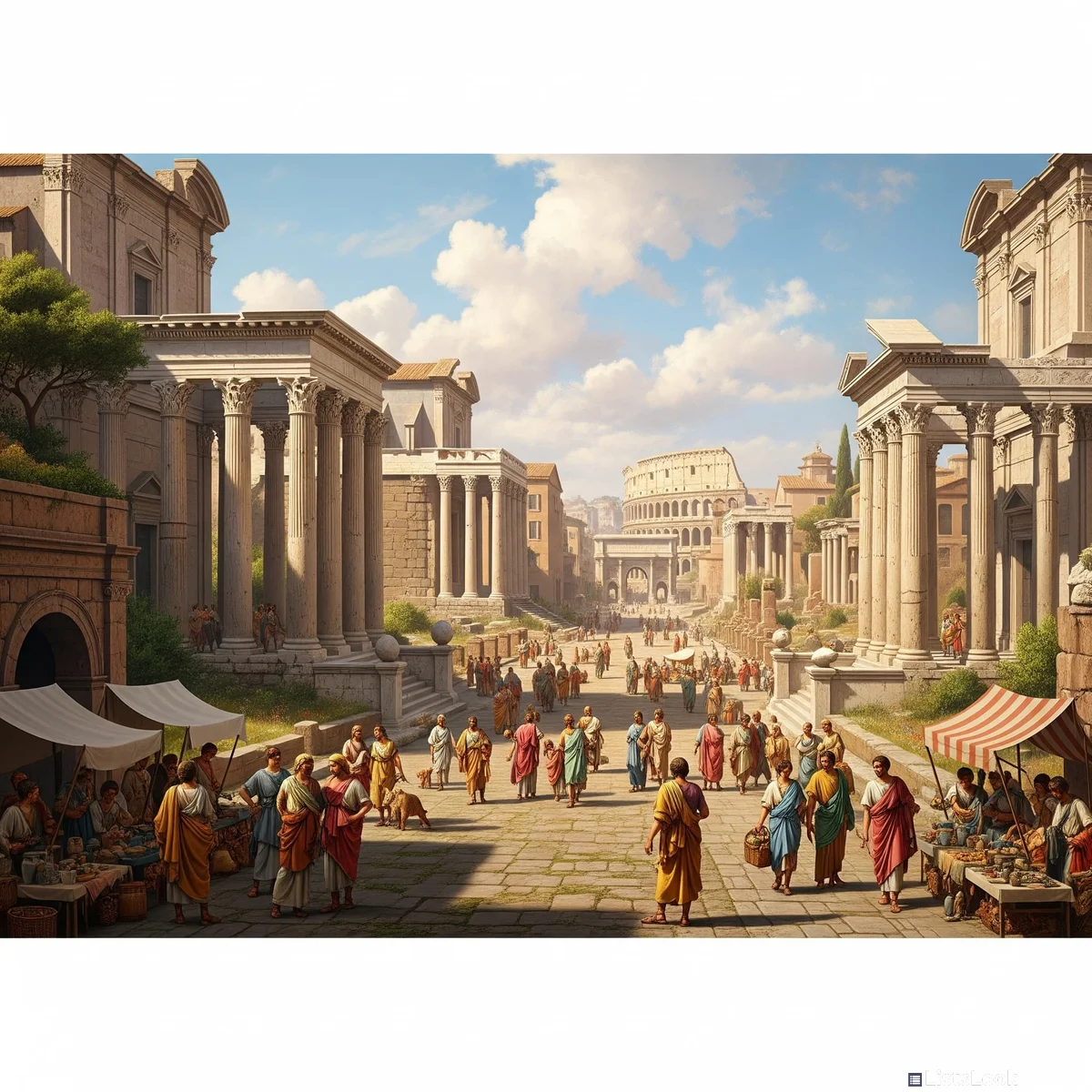
From a humble republic, Rome expanded to control a vast territory encompassing much of Europe, North Africa, and the Middle East. Its success stemmed from military prowess, sophisticated engineering (aqueducts, roads), robust law, and efficient administration. However, internal strife, economic woes, overexpansion, and barbarian invasions gradually eroded its foundations. The Western Roman Empire 'fell' in 476 CE, though the Eastern Roman (Byzantine) Empire persisted for another thousand years. Its legacy profoundly influenced law, language, architecture, and political thought.
2. The Mongol Empire (1206 – 1368)
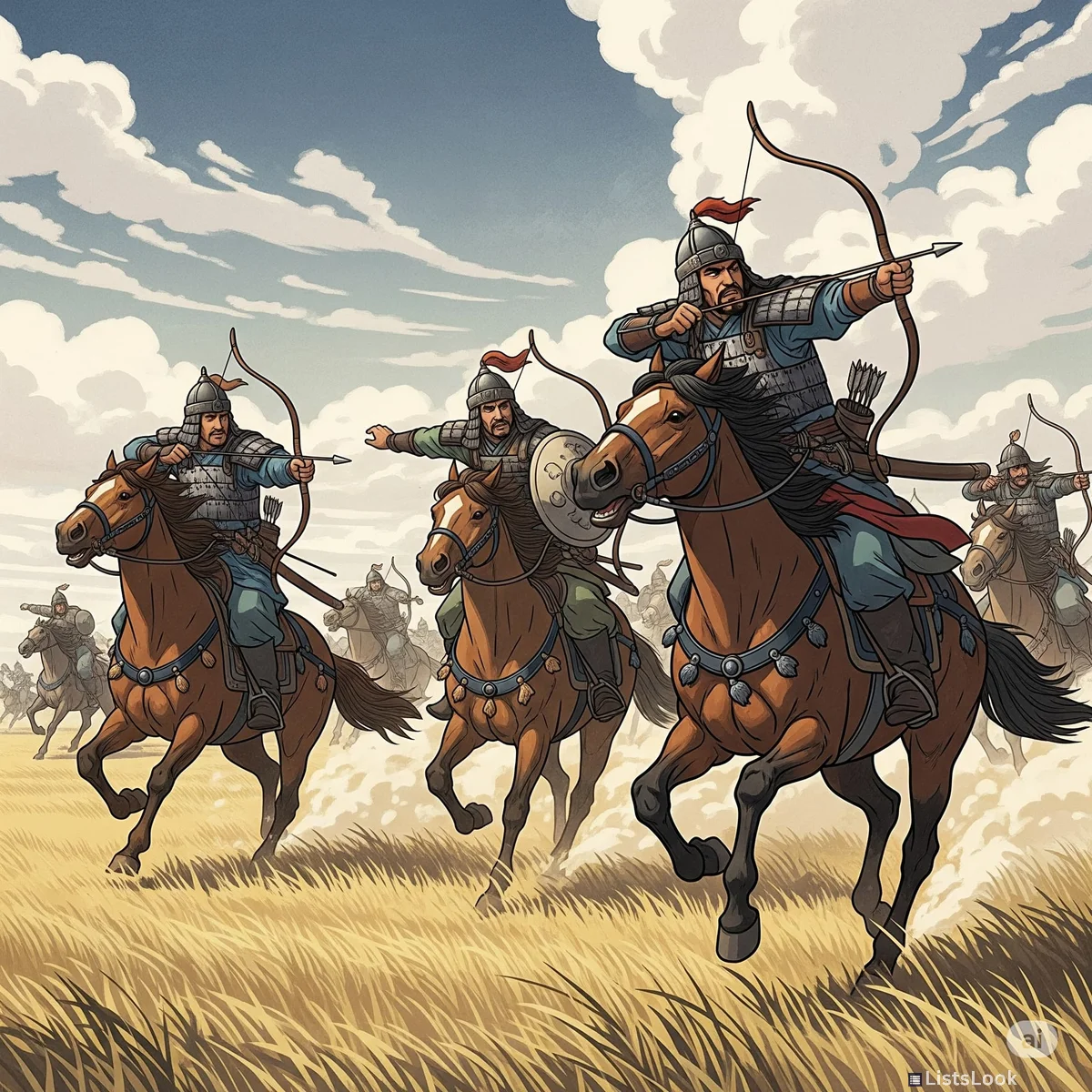
Under Genghis Khan and his successors, the Mongols forged the largest contiguous land empire in history, stretching from Eastern Europe to the Pacific Ocean. Their military innovations – cavalry tactics, psychological warfare – were unmatched at the time. Though known for initial brutality, the Mongol Peace (Pax Mongolica) facilitated trade and cultural exchange across Eurasia. Internal divisions, succession disputes, and assimilation into conquered cultures ultimately led to its fragmentation into smaller khanates.
3. The Egyptian Empire (c. 3100 – 30 BCE)

For over three millennia, ancient Egypt flourished along the Nile River, renowned for its monumental architecture (pyramids, temples), complex religious beliefs, and advanced agricultural practices. Centralized governance under pharaohs, coupled with a sophisticated bureaucracy, enabled large-scale construction and resource management. Dynastic struggles, economic instability, and foreign invasions (Persians, Greeks, Romans) ultimately brought about its decline and integration into other empires. The legacy of Egyptian art, religion, and innovations continues to captivate us today.
4. The Inca Empire (1438 – 1533)
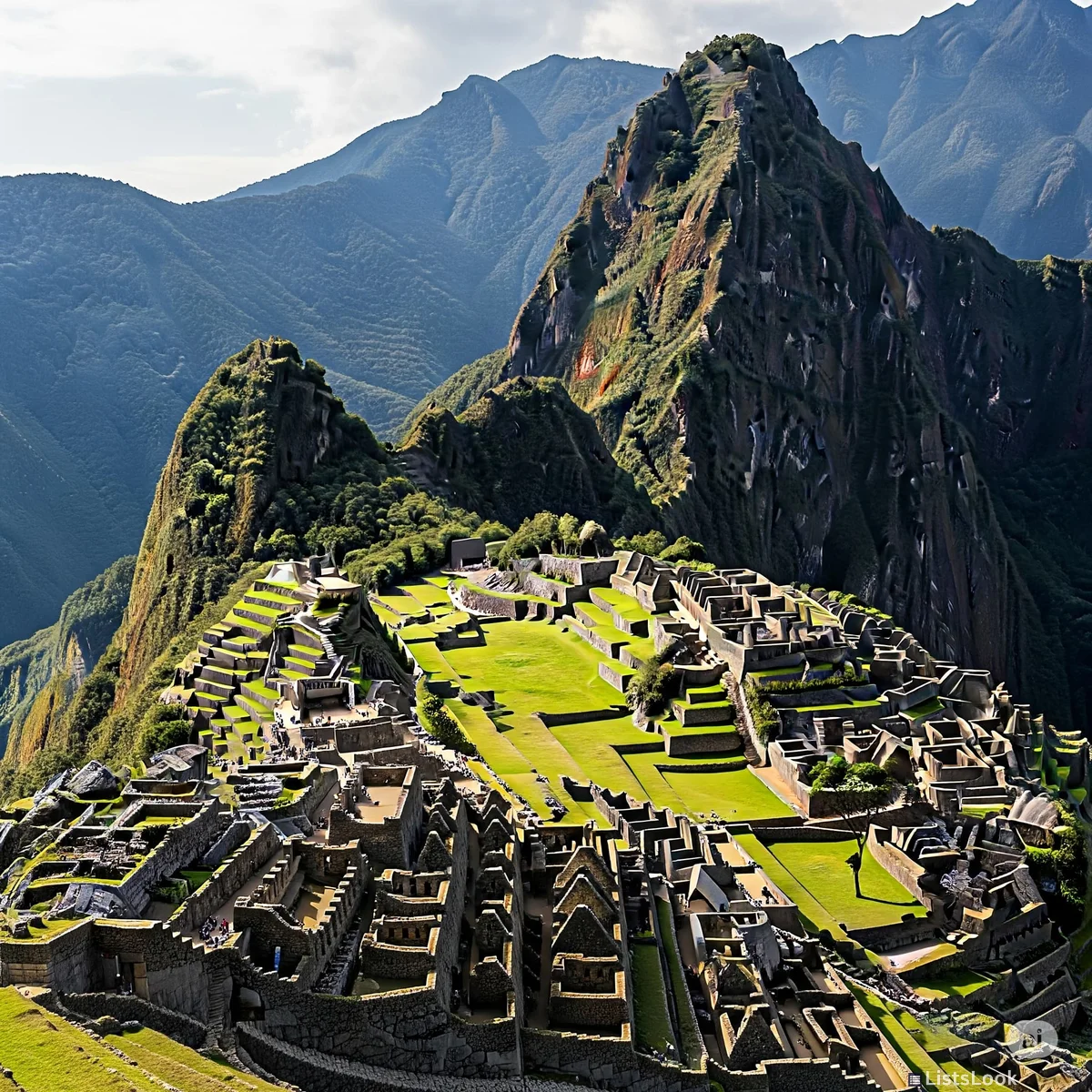
Rising in the Andes Mountains, the Inca Empire controlled a vast territory across western South America. Their sophisticated infrastructure – roads, bridges, terraced agriculture – enabled efficient communication and resource distribution. A centralized government, advanced administrative systems, and a strong military ensured stability. However, internal conflict during a succession crisis, combined with the arrival of Spanish conquistadors carrying diseases and superior weaponry, led to its swift collapse.
5. The Ottoman Empire (1299 – 1922)
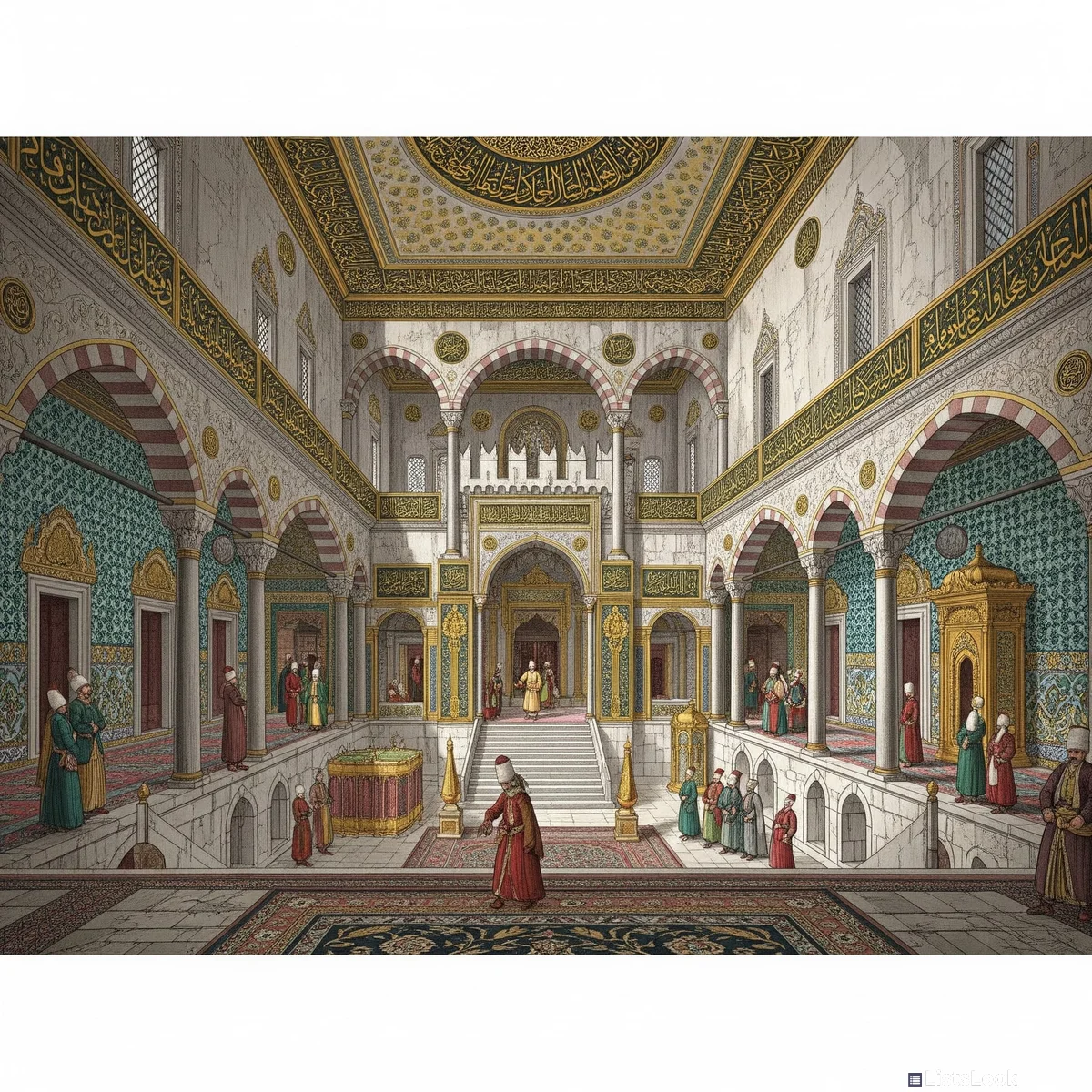
Emerging from Anatolia, the Ottoman Empire expanded to encompass the Middle East, North Africa, and parts of Europe, becoming a major power for over six centuries. Powerful military strength, strategic control of trade routes, and a complex administrative system contributed to its success. Internal corruption, economic stagnation, nationalist movements within its diverse population, and defeats in wars led to its gradual decline, culminating in its dissolution after World War I. Its cultural impact remains vibrant in many regions today.
6. The Han Dynasty (206 BCE – 220 CE)
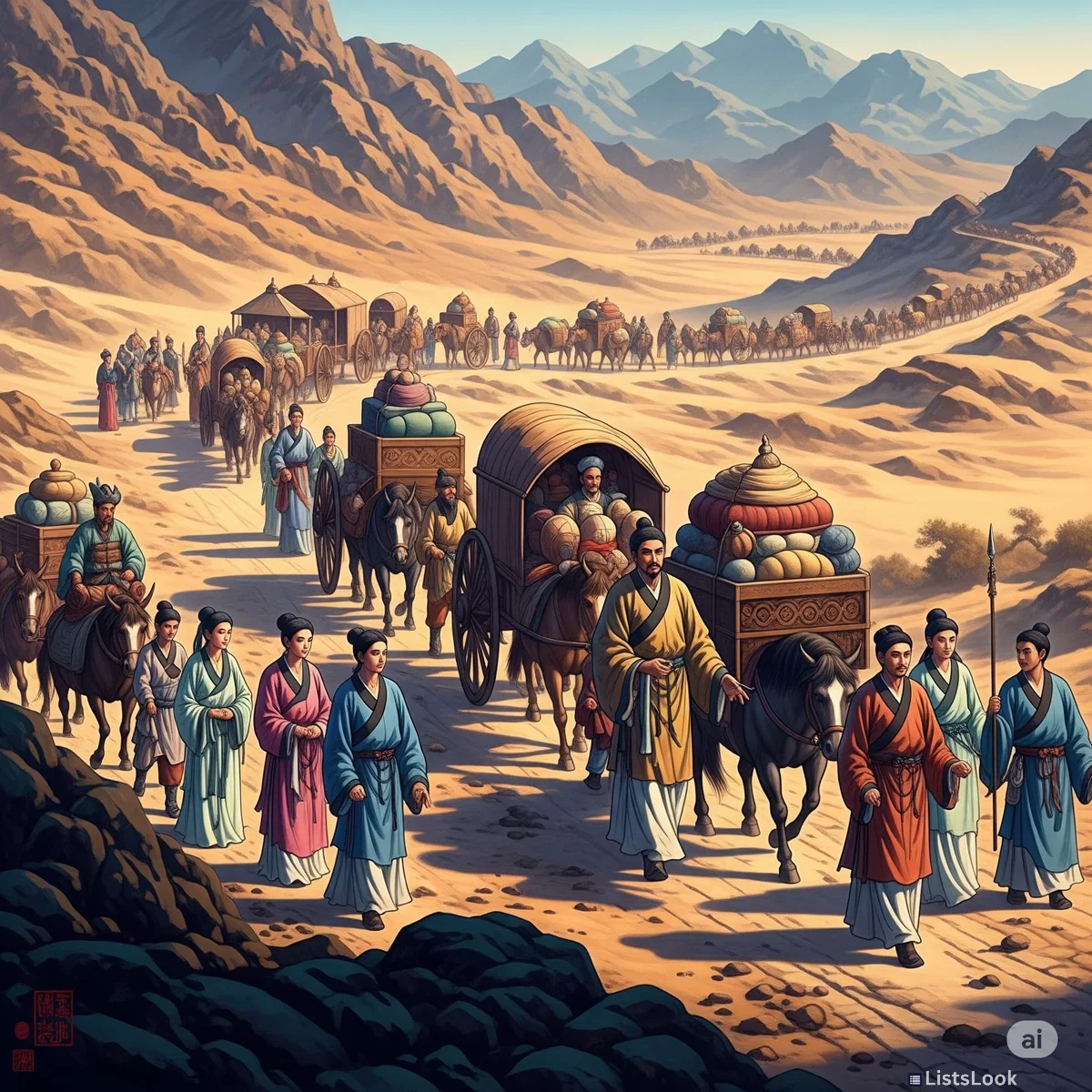
The Han Dynasty is considered a golden age in Chinese history, marked by significant advancements in science, technology, and the arts. The Silk Road flourished under Han rule, fostering trade and cultural exchange with the West. Confucius’s teachings became state orthodoxy. A strong centralized government and a meritocratic bureaucracy contributed to its stability. However, court intrigues, peasant rebellions (like the Yellow Turban Rebellion), and the rise of powerful warlords led to its fragmentation.
7. The Mughal Empire (1526 – 1857)
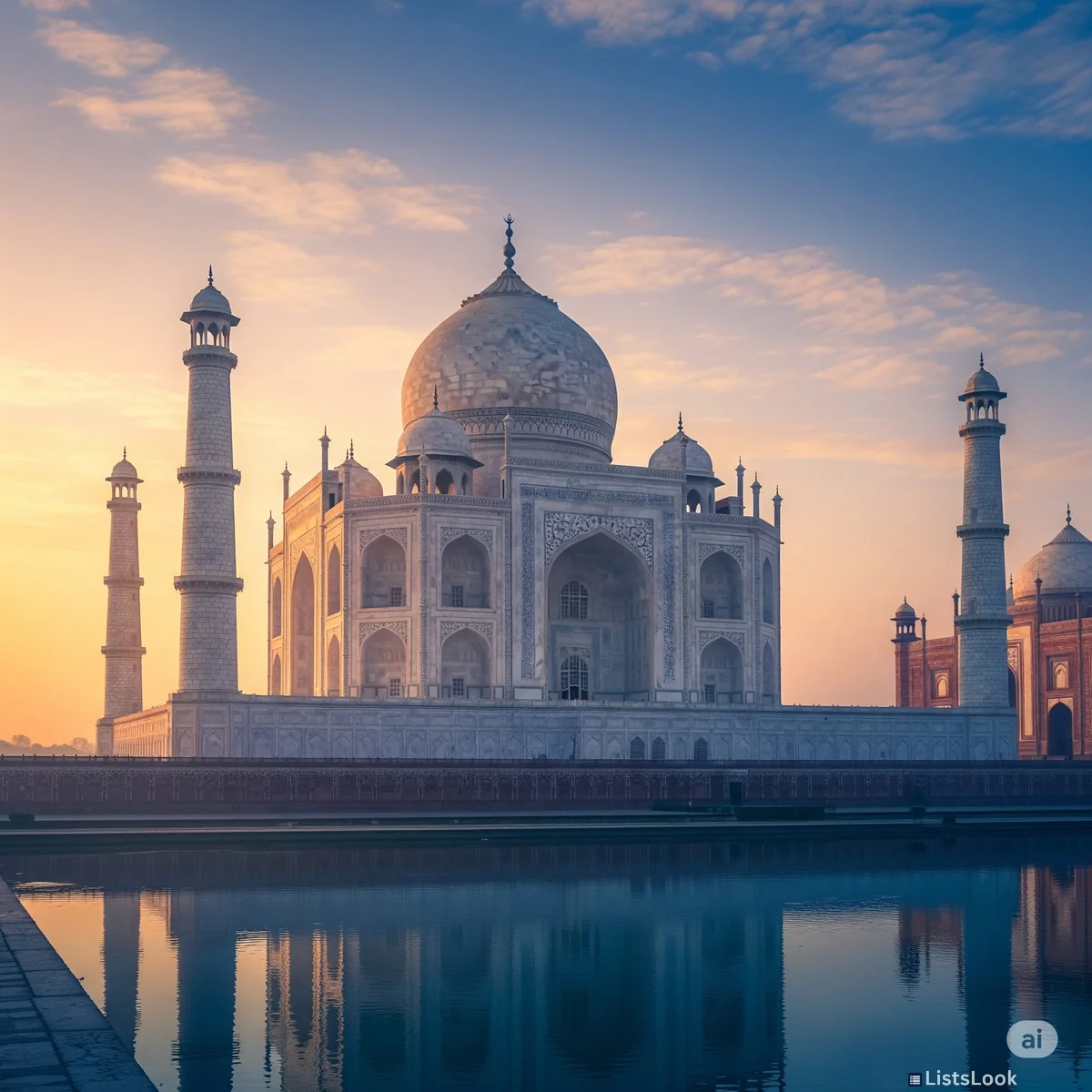
Established by Babur, the Mughal Empire came to dominate much of the Indian subcontinent. Renowned for its artistic achievements—architecture (Taj Mahal), painting, literature—and religious tolerance under rulers like Akbar. A strong centralized government and a flourishing economy contributed to its strength. However, religious tensions, economic policies that alienated the populace, and the rising influence of European powers (British East India Company) gradually weakened its control, ultimately leading to its demise.
8. The Persian Empire (c. 550 – 330 BCE)
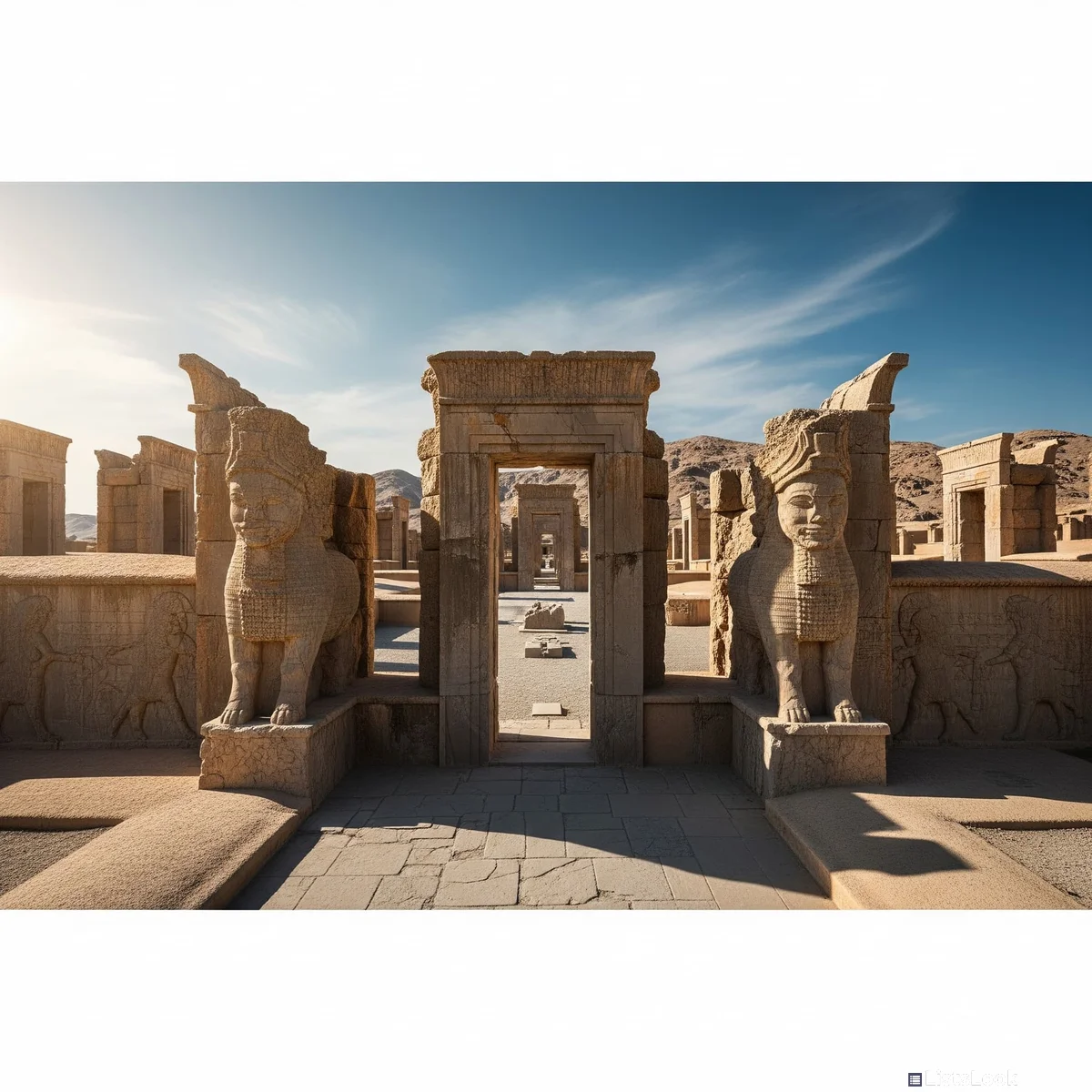
Founded by Cyrus the Great, the Achaemenid Persian Empire was the largest the ancient world had ever seen. Noted for its efficient administration, religious tolerance, and extensive road network. The Royal Road facilitated communication and trade across the vast empire. A large army and a strong central administration aided their success. The empire fell to Alexander the Great after a series of battles, ending Persian dominance, but Persian culture heavily influenced the Hellenistic period.
9. The Aztec Empire (1345 – 1521)
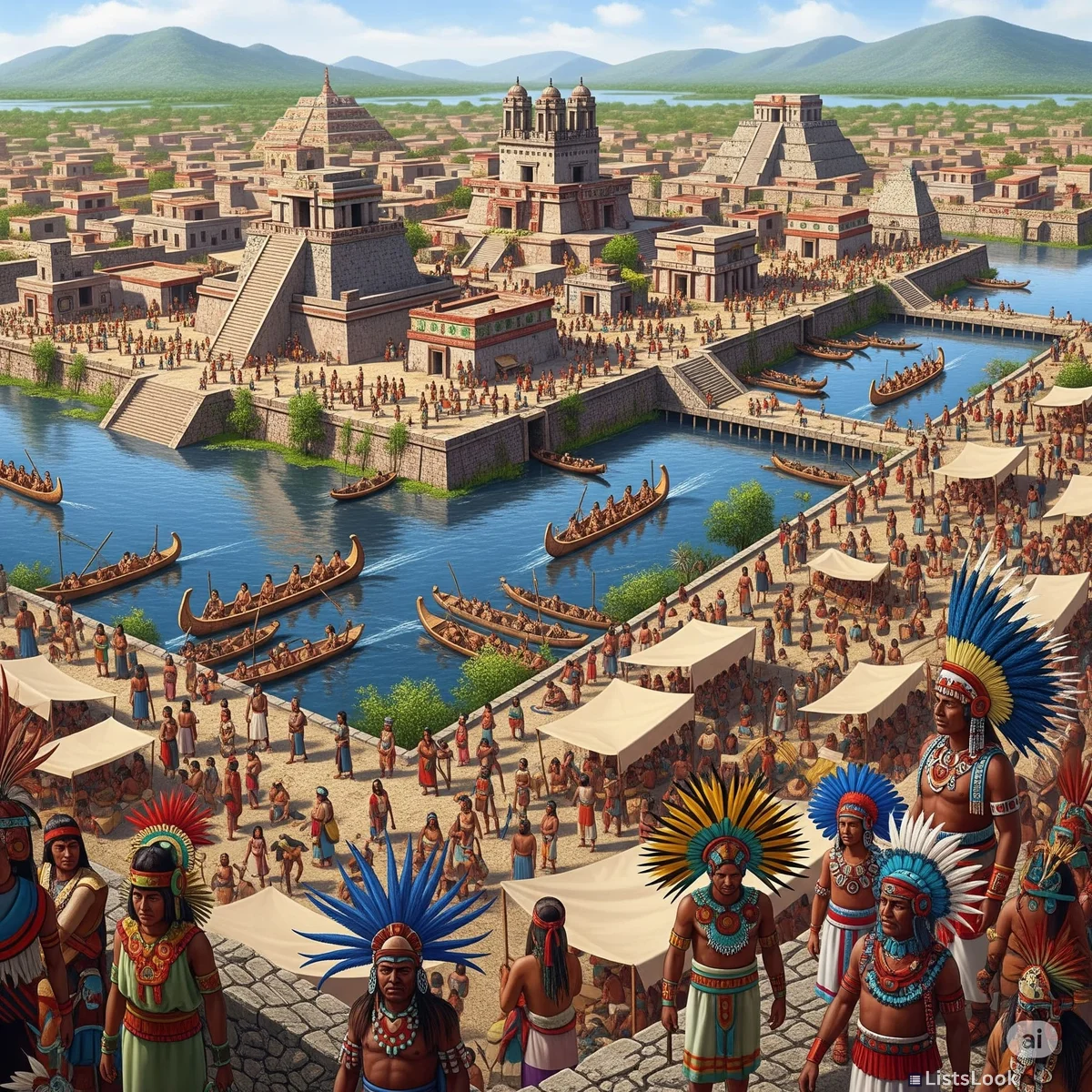
The Aztec Empire, centered around the city of Tenochtitlan (modern Mexico City), dominated central Mexico. It was characterized by a complex social hierarchy, advanced agricultural practices (chinampas), and a powerful military. Their society was built on a tribute system and religious practices including human sacrifice. The arrival of Spanish conquistador Hernán Cortés, along with diseases and alliances with rival tribes, led to the empire’s devastating downfall in just two years.
10. The British Empire (16th – 20th Centuries)
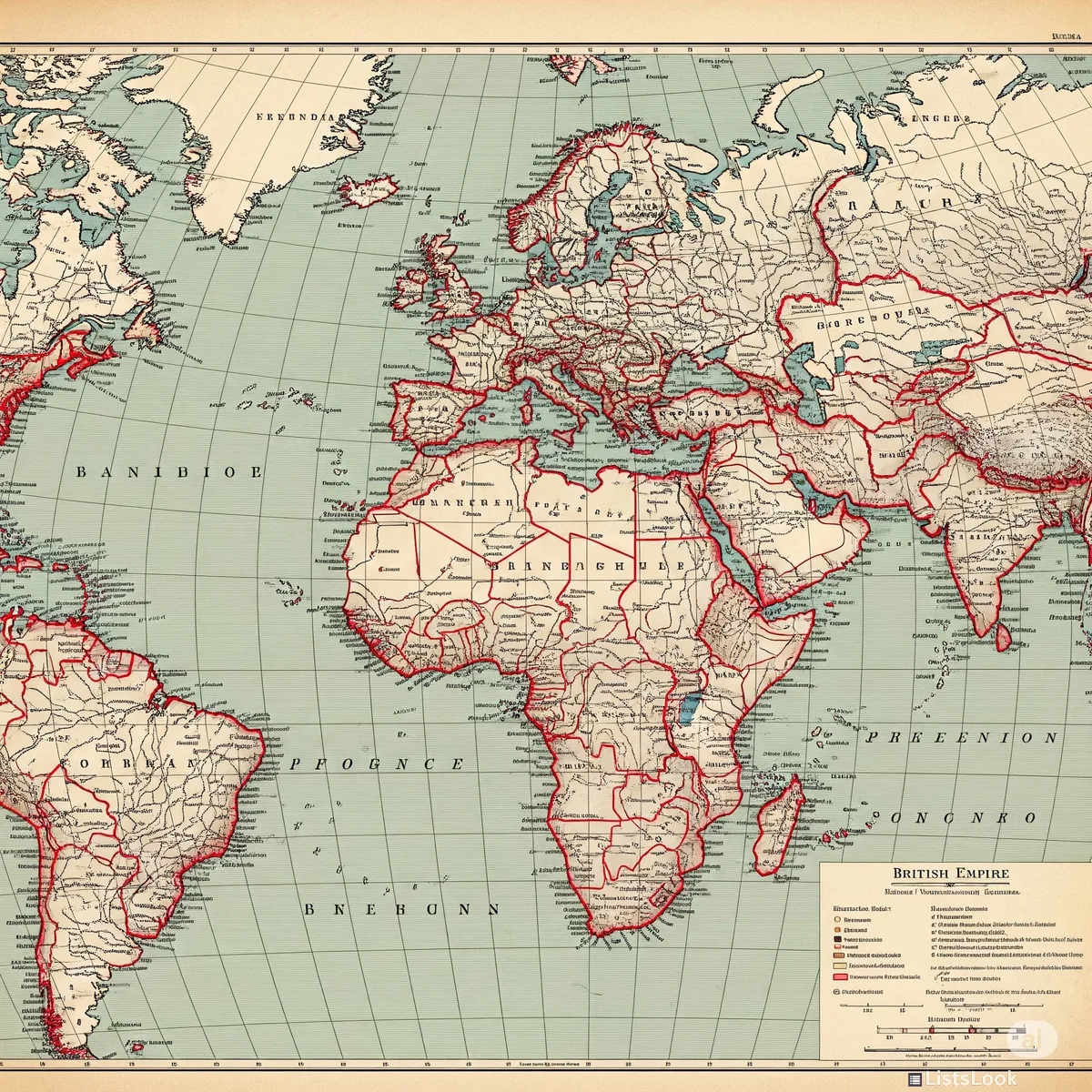
The British Empire was the largest empire in history, encompassing nearly a quarter of the world’s land area. Its power stemmed from naval dominance, industrialization, and a pragmatic approach to colonization. It spread British law, language, and culture globally. However, managing such a vast empire proved increasingly difficult. Nationalist movements, the costs of maintaining the empire, and the impact of two World Wars ultimately led to its dismantling after 1945.
Comments
Loading comments...